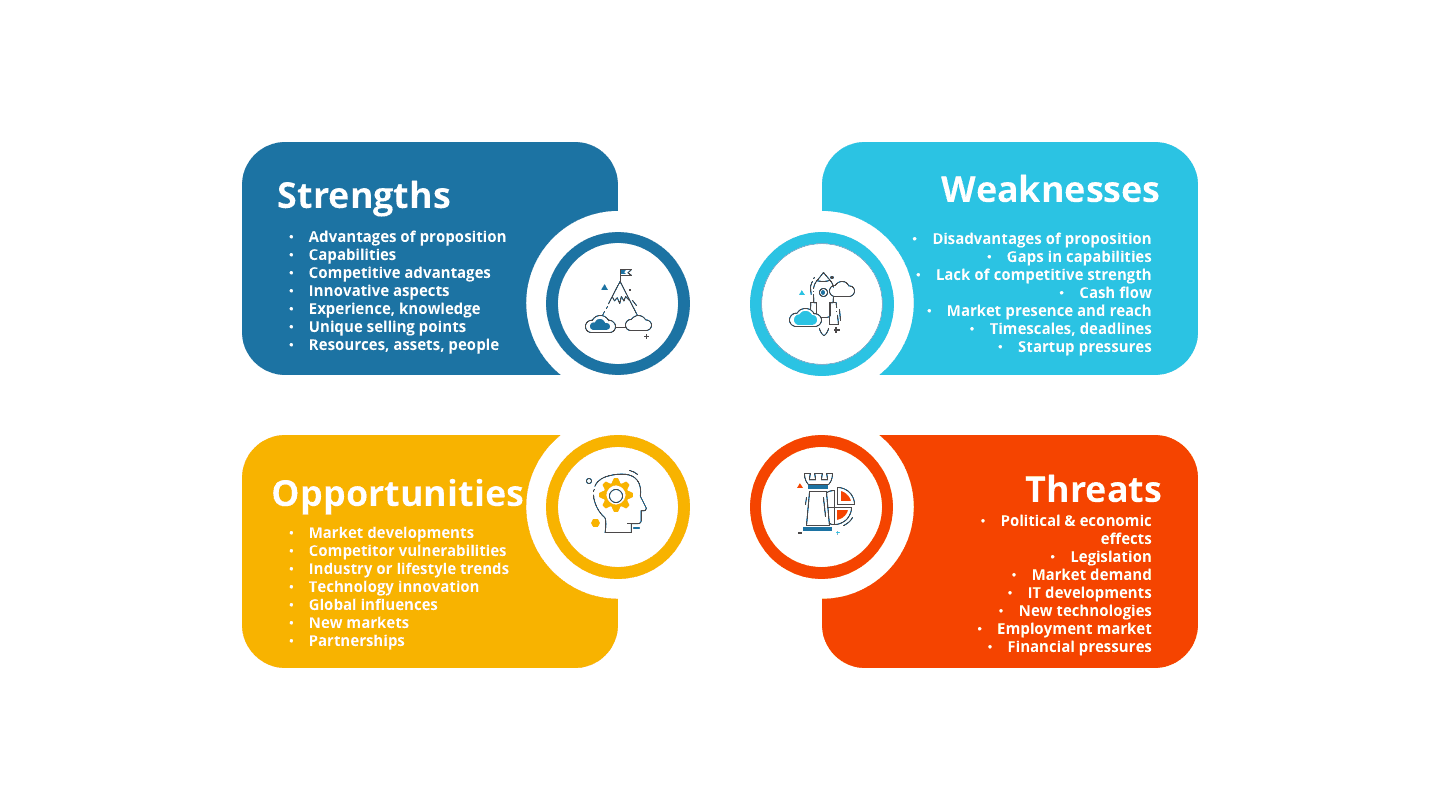What is a Unique Value Proposition?
A unique value proposition (UVP), also known as a unique selling proposition (USP) is a simple and refined statement that is meant to convey the value of your product or service to a prospective customer. A UVP may contain information about the features and benefits that your product provides and how you will solve your customer’s problems. It may also help to position your product in the marketplace and differentiate your business from your competitors.
Unique value propositions are used in sales and marketing campaigns to communicate with prospects about the benefits of your product. They may be featured on your website, in digital or physical advertisements for your product, or they may be expressed directly to prospects by your sales team. When crafted effectively, a unique value proposition tells your prospective customer exactly why your product is different, what problems you can solve, and what value you provide.

Why Develop a Unique Value Proposition?
Developing a unique value proposition is a valuable exercise for organizations that are beginning to market a new product or service. Crafting your own UVP requires an understanding of how your product or service should be positioned relative to other products in the market, the features and benefits that are most valuable to your target audience and why a customer might choose to purchase from you instead of your competitor.
From a marketing perspective, your unique value proposition is the smallest unit of text that fully communicates the value of your product. That means one or two sentences or a simple phrase, but no longer than that. The ability to clearly and concisely communicate the value of your product demonstrates that you understand your product positioning and where you stand relative to your competitors. It also turns your unique value proposition into a versatile marketing tool that can be deployed with your marketing efforts or used in sales conversations.

Developing Your Unique Value Proposition
Are you ready to develop a unique value proposition for your product or service? Below are the three most important factors to consider when crafting your own UVP. We’ve also included examples of unique value propositions that might inspire you.
Why Customers Buy
Many businesses make the mistake of assuming that their customers are perfectly rational in their purchasing behavior. Based on this expectation, they focus on rigorously communicating the features and benefits of their product and less so on communicating the value. In fact, the people purchasing your product are almost never totally rational and buying decisions often have a strong emotional component. As a starting point for developing your unique value proposition, let’s review the real reasons that customers purchase your products.
To Save Time
Businesses purchase products and services that help them save time or increase their productivity. If your product helps streamline a process or activity for your customer, you may want to mention that in your unique value proposition.
Examples:
- Uber: “Get there: Your day belongs to you”
- Slack: “Be More Productive at Work with Less Effort”
To Save or Make Money
If your product or service can help your target customer make or save money, that’s a benefit you should present in your UVP. Large discount retailers use pricing and the promise of savings as major components of their unique value proposition.
Examples:
- Target: “Expect More, Pay Less”
- Walmart: “Save Money. Live Better.”
To Reduce Risk
Reducing risk or eliminating variance are strong purchasing motivators. Your unique value proposition does not have to explicitly say that it reduces risk, but you should be appealing to a risk perceived by your customer. In the first example below, it’s the risk of being sued and not having money for a lawyer. In the second example, the DuckDuckGo search engine appeals to users concerned about their privacy.
Examples:
- LegalShield: “Worry Less. Live More.”
- DuckDuckGo: “The search engine that doesn’t track you.”
To Experience Pleasure or Avoid Pain
Customers make purchases that help them experience pleasure and avoid pain. Pain and pleasure can take many forms, so appealing to this particular buying motivation will require a deeper understanding of how your product addresses pain points for your customer or how it delivers an unmissable experience.
Examples:
- Apple iPhone: “The Experience is the Product”
- Zoom: “Flawless video. Clear audio. Instant sharing.”
For Simplicity or Convenience
Customers purchase products and services that are convenient and help to simplify their lives and daily responsibilities. Looking at the examples below, Lyft makes it convenient to get from Point A to Point B and Evernote delivers convenience by acting as a notebook-in-your-pocket, so you can always write down your ideas or to-do items.
Examples:
- Lyft: “Rides in Minutes”
- Evernote: “Remember Everything”
- Thumbtack: “Consider it Done”
Features, Benefits, and Value
While some unique value propositions address buying motivations directly, others place a greater emphasis on product features. This is usually most appropriate for industries and brands that are in a smaller niche and need to communicate more explicitly about how they provide value. There are also cases where a brand uses its UVP to differentiate itself from competitors or define its market niche by communicating specific information about product features.
These examples may not speak directly to anyone buying motivation, so it’s up to the customer to interpret how those features translate into benefits.
Examples:
- Spotify: “Music for Everyone”
- Mizzen and Main: “Performance Fabric, Traditional Style”
- JORD: “Luxury, Hand-Crafted, All-Natural Wooden Watches”

Product Positioning and Competitive Advantage
One of the best ways to craft a winning unique value proposition is to effectively position your product and understand your competitive advantage in the marketplace. To do this, take time to identify the following:
Points of Parity (POPs) – These are the product features that your customers want and which are provided by both your company and your competitor.
Points of Difference (PODs) – These are the features that are important to your prospects, but not offered by your competitors.
Points of Irrelevance (POIs) – These are the features included in your product, but that does not interest or motivate your customers to purchase your product.
Most businesses should focus on emphasizing their PODs in a unique value proposition, highlighting features that are important to the customer and unique to your product/overlooked by your competitors.
If you can identify what you’re doing differently from your competitors that your prospects would love, you can create a unique value proposition that strongly differentiates you from your competitors and tells your prospects exactly how and why your product is different and where you deliver value.

Directive Consulting Uses Unique Value Propositions to Help Your Brand Stand Out
Once you’ve created a unique value proposition that effectively positions your company and communicates its value, you can start deploying it to marketing campaigns, on your web page and anywhere else you communicate with customers.
Directive’s PPC experts can help leverage your unique value proposition into digital marketing success by helping you get your message to more qualified prospects from a variety of sources.
Do you need help with crafting your unique value proposition and using it to drive revenue for your business? Get a free proposal today!